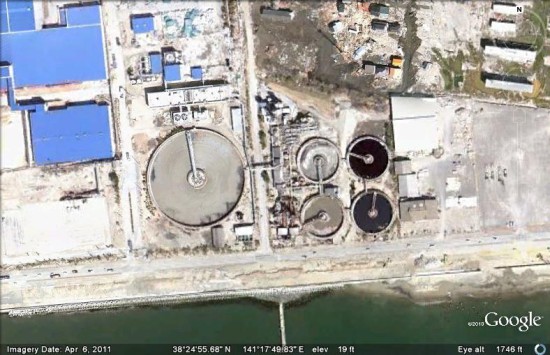Our vision for Google Earth and Google Maps has always been to create a digital mirror of the world where any user, anywhere, and from any device or platform can access current, authoritative, accurate, and rich information about the world around them. In order to provide fast and timely maps to our users, we’ve developed powerful geo infrastructure that lets us process and serve petabytes of imagery and basemap data to hundreds of millions of users.
We frequently hear requests from governments and businesses – some of whom use our existing Enterprise Earth & Maps products today – that they would like to have greater access to some of the infrastructure we’ve built in order to more easily store their geospatial data in the cloud and more easily build and publish maps for their users.
Today we announced Google Earth Builder, which continues the spirit of providing more access to Google’s core infrastructure, such as Google App Engine and Google Exacycle.
Google Earth Builder is an Enterprise mapping platform powered by Google’s cloud technology. We’ve built Google Earth Builder with the idea that any organization with their own mapping data – be it terabytes of imagery or just a few basemap layers – should be able to upload and manage that data in the cloud. They can use Google’s scalable infrastructure to process and securely serve it through familiar Google Earth and Maps interfaces to their users.
Our goal for Google Earth Builder is to enable Enterprises that work with geospatial data and create online maps to be able perform these tasks in the cloud. Over time we anticipate providing access to more and more of our geo infrastructure through Google Earth Builder, so businesses have more options for how to process, publish and analyze their geospatial data. We’re excited to launch Google Earth Builder in Q3, and in the meantime if you are interested in learning more then please get in touch.
